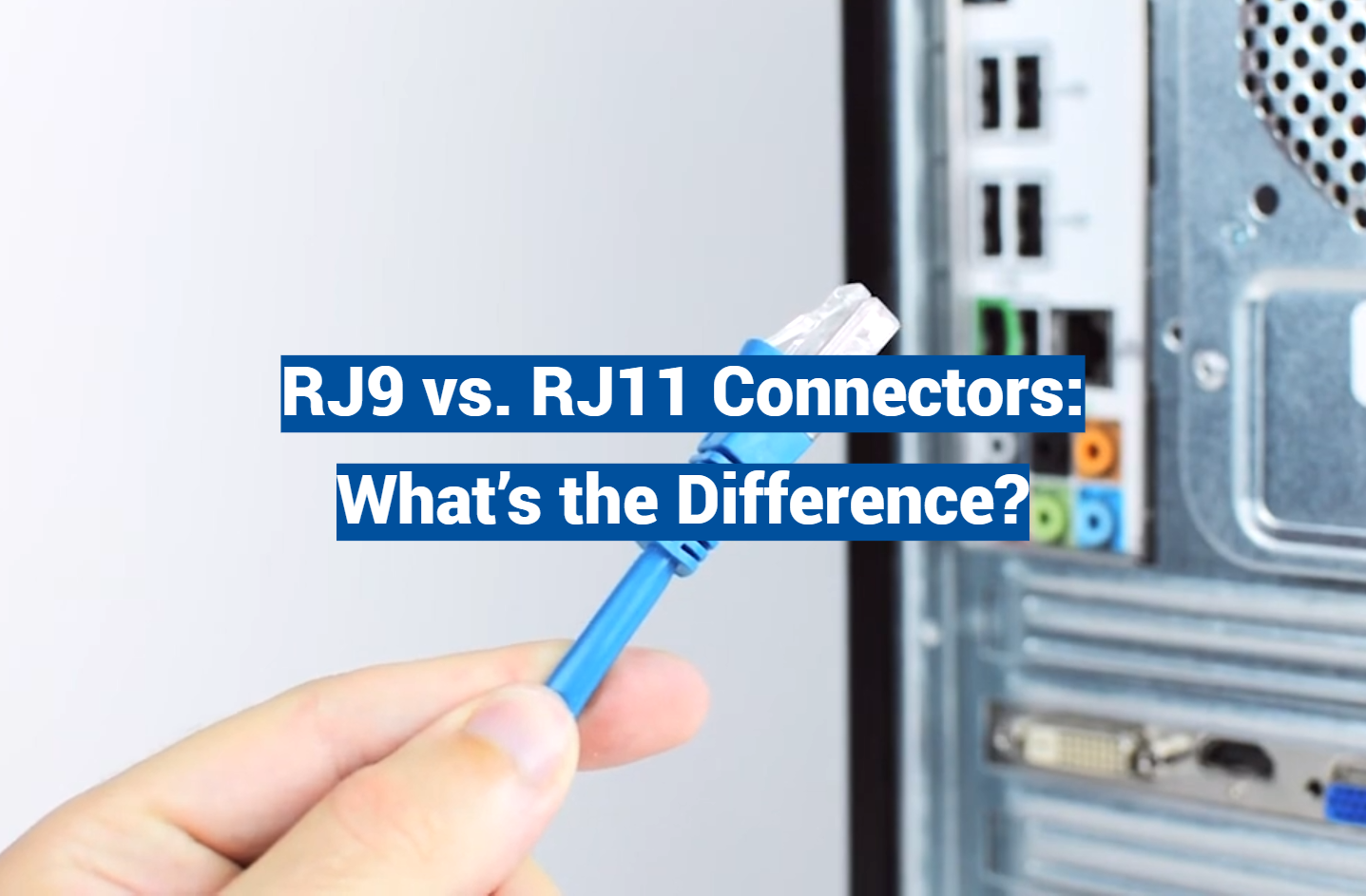In the world of telecommunications, the smallest details can make a world of difference. And if you’ve ever found yourself tangled in a web of confusing acronyms and jargon, you’re certainly not alone. One common conundrum that often leaves people scratching their heads is the difference between RJ9 and RJ11 connectors. It’s easy to get lost in a sea of numbers and letters, but fear not! This article will dive deep into the world of RJ9 and RJ11 connectors, unraveling their mysteries and shedding light on their distinct functionalities. So, get ready to untangle the confusion and become a connector connoisseur!
Overview of Rj9 connectors
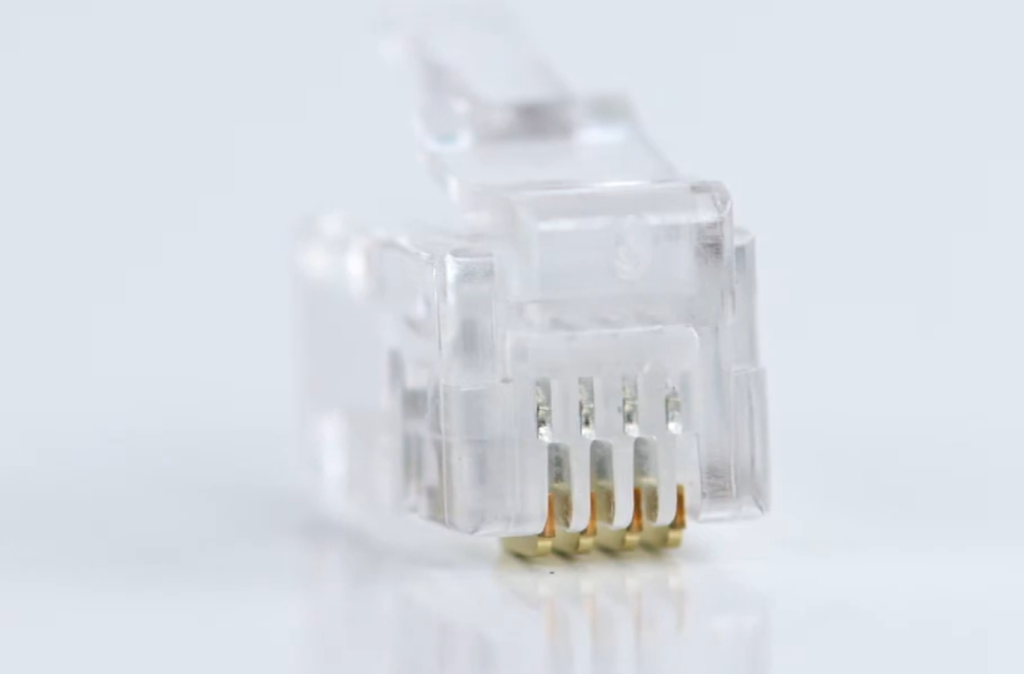
Rj9 connectors are most commonly used with headsets, telephones, routers, and other voice-grade applications. They are often found in offices, homes, and other locations that require a secure connection to telephone systems. The Rj9 connector is also commonly used in VoIP applications, as it provides superior sound quality when compared to traditional RJ45 jacks.
Because of their small size and reliability, Rj9 connectors have become increasingly popular in recent years. They are often used to connect telephones, headsets, routers, and other voice-grade applications to telephone systems. Additionally, they are often used in VoIP applications due to their superior sound quality. With their easy installation and secure fit, Rj9 connectors provide a reliable connection for voice-grade applications. Additionally, they are much smaller than standard RJ45 jacks and can save space when installing equipment.
Overview of Rj11
Rj11 is a common type of telecommunications interface that connects devices in a network. It is typically used for telephone connections, DSL services, and home networking applications. Rj11 connectors have four contacts that are typically organized into two separate pairs – one for transmit (Tx) and receive (Rx). The Tx pair carries signals from the transmitting device to the receiving device, while the Rx pair carries signals from the receiving device to the transmitting device. Rj11 cables are usually made of copper with insulation that can withstand temperatures up to 150 degrees Celsius.
Rj11 connectors come in different shapes and sizes, although most commonly they feature both a male and female connector. The male connector consists of an open-ended plug with four contacts that are inserted into the female connector. The female connector has four recessed slots in which the male contacts fit. To ensure a secure connection, Rj11 connectors feature latch clips on either side that lock when connected.
Rj11 cables and connectors are widely used in home networking applications such as connecting computers to modems, linking printers to routers, and connecting multiple devices in a Local Area Network (LAN). They can also be used to connect telephone systems to the Public Switched Telephone Network (PSTN). Additionally, Rj11 cables are often used for cable television services.
Rj11 cables are an essential component of any home or office network setup. By understanding the basics of their design and features, users can ensure they are selecting the right connectors and cables for their needs. With proper installation and maintenance, Rj11 cables can provide reliable connections for years to come.
Rj11 cables are also a great option for applications that require long-distance transmission of data signals. These cables feature low attenuation and crosstalk levels which make them suitable for transmitting data over longer distances. Additionally, Rj11 cables feature a durable outer jacket that protects the copper wires from any physical damage. This makes them ideal for applications that require outdoor installation or rugged environments.
Overall, Rj11 cables and connectors are an essential part of any home or office network setup. By understanding the basics of their design and features, users can ensure they are selecting the right connectors and cables for their needs. With proper installation and maintenance, Rj11 cables can provide reliable connections for years to come [1].
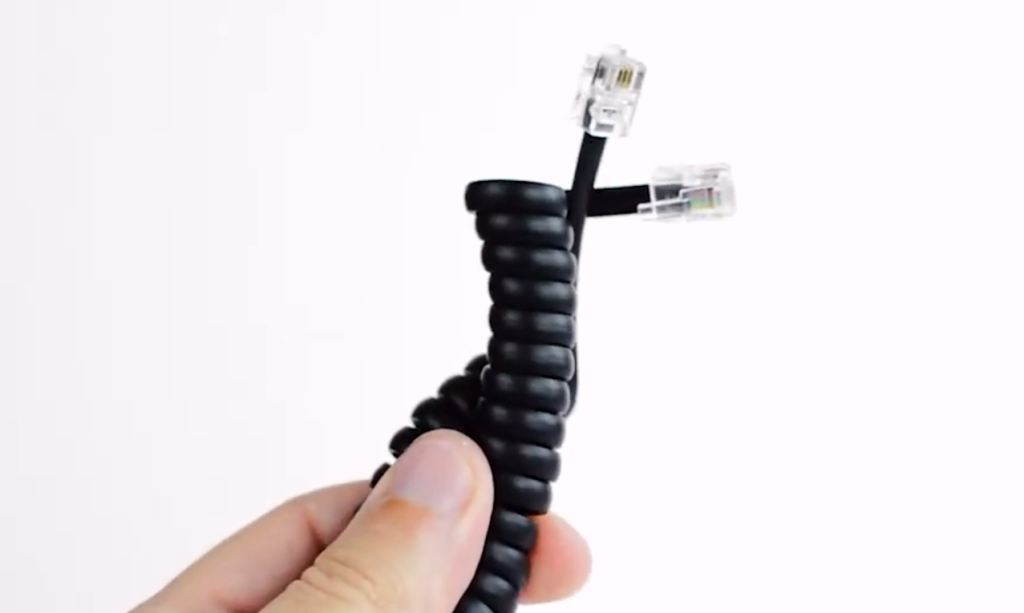
Main Differences Between RJ9 and RJ11 to consider
Shape
The RJ9 and RJ11 connectors have distinct shapes and sizes. The RJ9 connector is wider than the RJ11, which means it can only be inserted into the larger RJ9 port. Conversely, the RJ11 connector is narrower and can fit into both the RJ11 port and the wider RJ9 port. This difference in size is important when considering compatibility between devices. By understanding the variations between the RJ9 and RJ11 connectors, users can ensure proper connections and optimize the functionality of their equipment.
Physical Characteristics
The RJ9 connector, also known as a handset connector, is designed with four pins, while the RJ11 connector, commonly used for telephone connections, typically has six pins. This difference in pin length and configuration can have an impact on the quality of audio or speed of data transmission when connecting various types of devices. It’s important to note that the pins on each type of connector also differ in their arrangement and size.
For instance, the RJ11 connector can have either a 6P4C or 6P6C configuration, offering flexibility in connecting different types of devices, whereas the RJ9 connector typically has a 4P4C configuration, specifically designed for handset use. These differences in pin count, configuration, and arrangement highlight the specific functionalities and compatibility of each connector type.
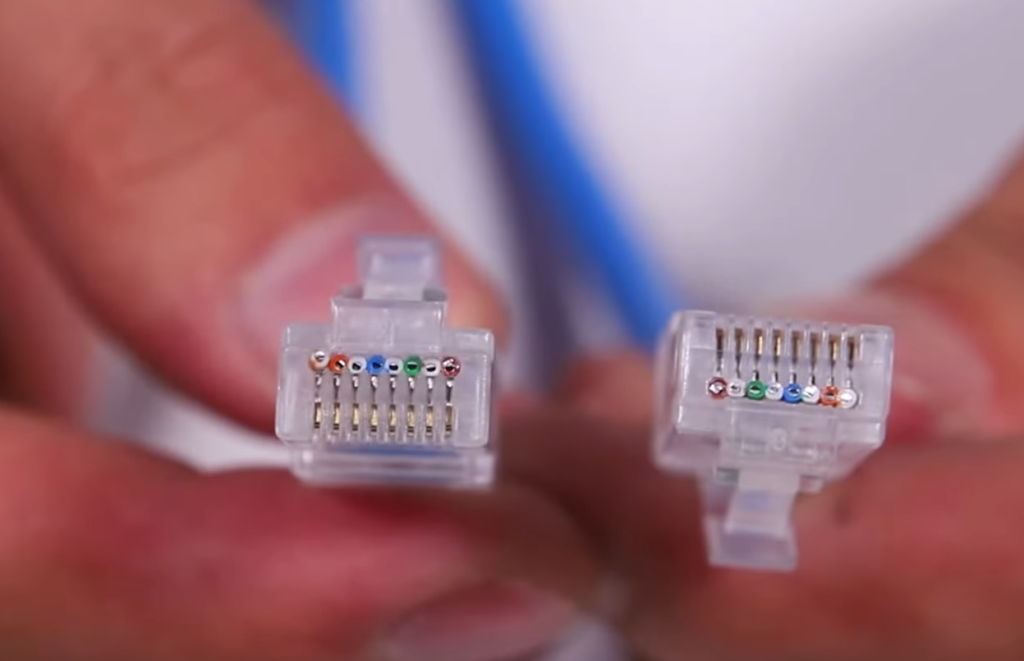
Configuration
The RJ9 connector is often used to connect a device such as a telephone or headset to an audio output jack. This connection allows users to make phone calls and enjoy other auditory experiences. On the other hand, the RJ11 is used for data transmission, allowing users to send and receive data over computer networks and similar systems.
For this reason, the RJ9 connector is usually connected to audio jacks, whereas the RJ11 is typically connected to hardware such as modems and routers. The key difference between the two connectors is that one is used for transmitting data while the other transmits sound.
Number of Contacts
Another notable difference between these two types of connectors is the number and arrangement of contacts. The RJ9 connector, commonly used in telephone systems, typically features four contact points. On the other hand, the RJ11 connector, commonly used in telephone and modem applications, is equipped with six contact points. This distinction in the number of contacts is crucial to consider when assessing compatibility between devices. For instance, if a particular device necessitates six contact points for optimal functionality, employing an RJ9 connector would prove inadequate. Therefore, understanding the contact specifications of these connectors is essential for ensuring seamless connectivity and efficient device operation.
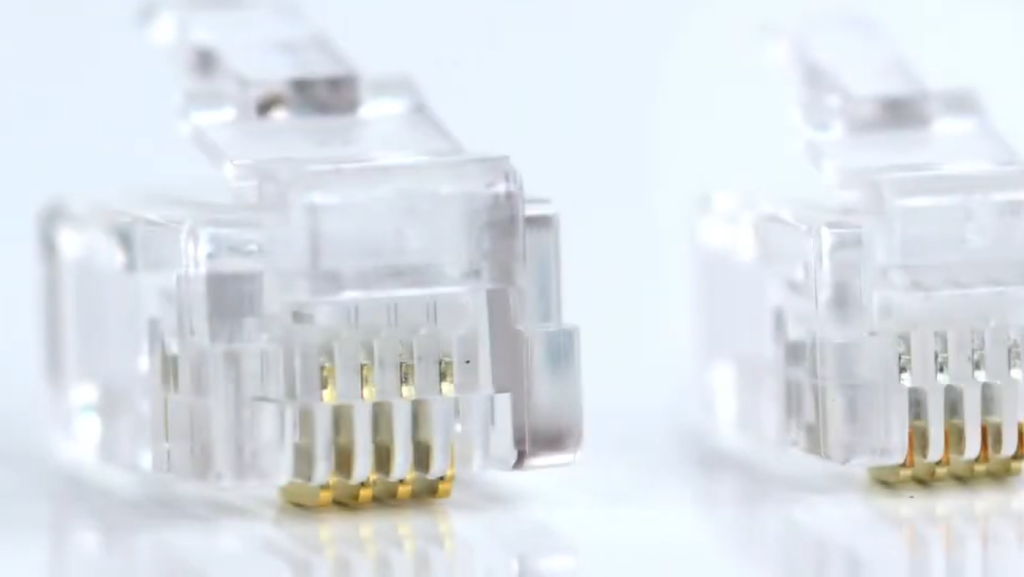
Functionality/ Usability
Depending on the device being used, either an RJ9 or RJ11 connector may be necessary. An RJ9 connector, also known as a handset connector, is commonly used for transmitting sound in telecommunication devices such as wired telephones or headsets. It is designed to provide a clear and reliable audio connection, making it the preferred choice when the user needs to communicate and listen to sound.
On the other hand, an RJ11 connector is primarily used for data transmission in devices such as modems, fax machines, or analog phone lines. It is specifically designed to handle electrical signals for transmitting data, making it suitable for applications that require data transfer rather than audio transmission.
In summary, when choosing between an RJ9 and RJ11 connector, it is important to consider the specific requirements of the device. If sound transmission is the primary goal, an RJ9 connector is recommended. However, if data transmission is required, an RJ11 connector will likely be the more appropriate choice.
Application
The application of the RJ9 and RJ11 connectors varies based on the device being used. For example, the RJ9 is best suited for plugging in a headset to make phone calls or listen to music. On the other hand, the RJ11 is most commonly found in modems and routers, as it allows computers and other devices to send data over networks.
It is important to note that some devices may require both connectors to function properly. In such cases, users should ensure they have the right type of connector for each application before attempting to make a connection. This will help guarantee the best performance and reliability of their equipment.
Dimensions
The RJ9 and RJ11 connectors also differ in dimensions. The RJ9 connector is taller than the RJ11, measuring 1.2 inches high compared to 0.8 inches for the latter. This height difference may affect compatibility between ports since one connector cannot fit into the other’s port due to size restrictions. Additionally, the RJ11 typically has a smaller diameter than the RJ9, which can also affect compatibility.
Having a better understanding of the physical characteristics and configuration differences between the RJ9 and RJ11 connectors can help users make informed decisions when purchasing or connecting equipment. While both are capable of providing reliable connections, knowing which connector is best suited for each application can go a long way in optimizing device performance [2].
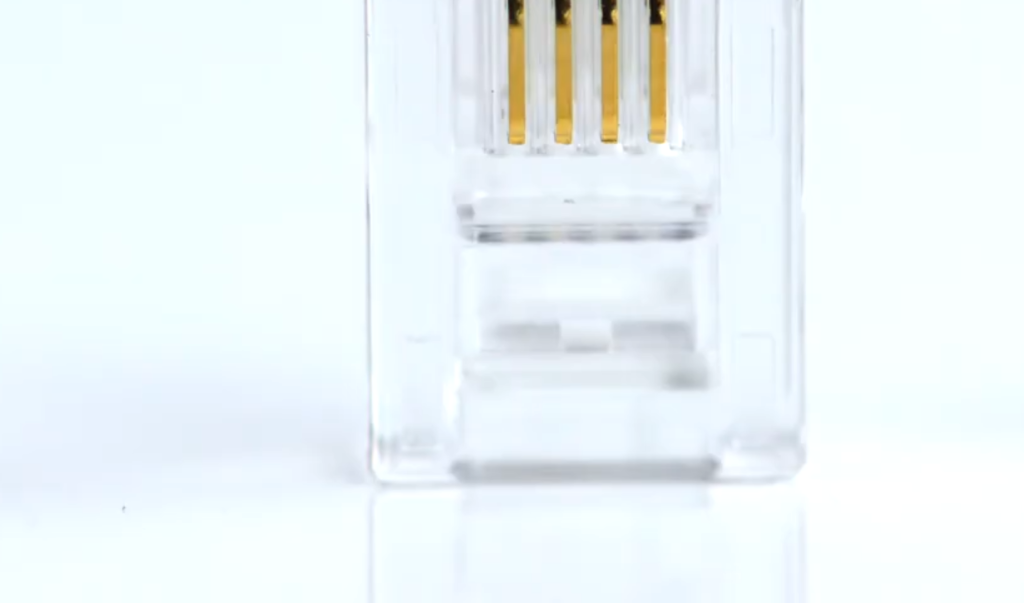
How to use RJ9 and RJ11 connectors correctly?
RJ9 and RJ11 connectors are used primarily for voice and data communications. To ensure they work correctly, here are a few tips to follow:
- When connecting RJ9 or RJ11 connectors, make sure that the pins line up properly with their respective ports in your device. Poor connections can result in signal loss or poor performance.
- Always use the right type of cable for your application. Using incompatible cables with RJ9 and RJ11 connectors can cause signal loss or poor performance.
- Make sure that all connections are tight and secure to avoid any damage caused by loose pins.
- When disconnecting RJ9 or RJ11 connectors, do not pull on the cables. Instead, grip firmly on the connector housing and remove it gently.
- If you need to extend your RJ9 or RJ11 wiring, use only approved couplers for the job. Do not splice cables directly as this may result in signal loss.
- Inspect your cables regularly to ensure that there are no visible signs of wear and tear. Replace any worn-out cables immediately to prevent signal loss or other performance problems.
- If you need to repair a damaged RJ9 or RJ11 cable, make sure to use the correct tools and materials for the job. Poorly done repairs can result in signal loss or poor performance.
In summary, using proper tools, techniques and materials will help you get the best out of your RJ9 and RJ11 connectors. Following these tips will also help you avoid unnecessary damage and signal loss.
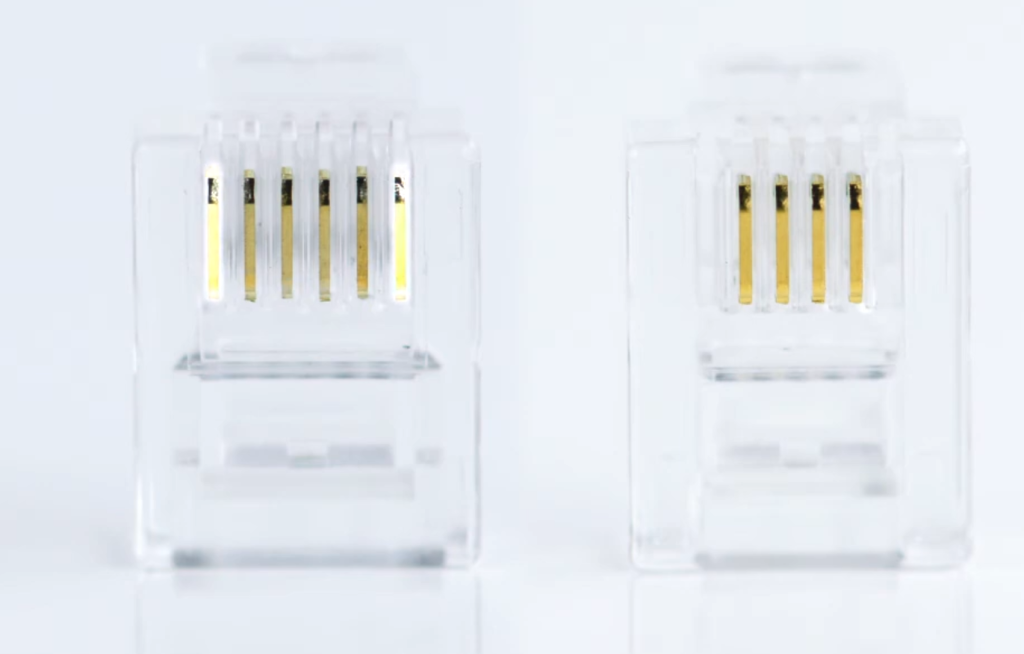
FAQ
Are RJ9 and RJ11 the same?
No, RJ9 and RJ11 are different. RJ9 is a 4P4C type connector used to connect telephones with headsets while the larger RJ11 is a 6P6C type connector that is typically used for telephone lines. The difference in the size of both connectors makes them incompatible with each other. Furthermore, they have different pin layouts and use different wiring standards. Therefore, they are not interchangeable and should never be used together in the same application.
Can I use RJ9 with an RJ11 cable?
No, you cannot use an RJ9 connector with an RJ11 cable as their sizes are incompatible and different wiring standards must be followed for each type of connector. Furthermore, it may cause damage to the device if an incorrect connector is used. Therefore, it is important to ensure that you have the correct type of cable for your specific application before making any connections.
What is the difference between RJ9 rj10 RJ11 RJ12 and RJ45 connectors?
RJ9 and RJ10 connectors are both 4P4C-type connectors that are used in telephone applications. RJ11 is a 6P6C type connector that is typically used for telephone lines while the larger RJ12 is an 8P8C type connector also generally used for telephone applications. Lastly, the largest of all connectors, RJ45, is an 8P8C type connector typically used for Ethernet cables and other data-transmitting applications. All of these connectors have different pin layouts and use different wiring standards, so they should never be used interchangeably.
Are RJ9 and RJ45 the same?
No, RJ9 and RJ45 are not the same. RJ9 is a 4P4C type connector used to connect telephones with headsets while RJ45 is an 8P8C type connector typically used for Ethernet cables and other data-transmitting applications. The difference in the size of both connectors makes them incompatible with each other. Furthermore, they have different pin layouts and use different wiring standards. Therefore, they are not interchangeable and should never be used together in the same application.
Are RJ11 and RJ45 connectors compatible?
No, RJ11 and RJ45 are not compatible as they use different wiring standards and have different pin layouts. RJ11 connectors are commonly used for telephone connections and are typically used for voice communication. On the other hand, RJ45 connectors are used for Ethernet connections and are capable of transmitting both voice and data signals.
Furthermore, since the size of both connectors differs, they cannot be used interchangeably in any application. RJ11 connectors are smaller and have 4 pins, while RJ45 connectors are larger and have 8 pins. This difference in size and pin layout means that RJ11 connectors cannot be plugged into RJ45 ports, and vice versa.
Therefore, it is important to ensure that you have the correct type of cable for your specific application before making any connections. Using the wrong type of cable can result in connectivity issues and may cause damage to your equipment. By understanding the differences between RJ11 and RJ45 connectors, you can ensure that you select the appropriate cable and make reliable connections for your communication needs.
Can I use RJ11 with an RJ45 cable?
No, you cannot use an RJ11 connector with an RJ45 cable as their sizes are incompatible and different wiring standards must be followed for each type of connector. Furthermore, it may cause damage to the device if an incorrect connector is used. Therefore, it is important to ensure that you have the correct type of cable for your specific application before making any connections. Additionally, using an adapter to bridge the gap between RJ11 and RJ45 connectors may also cause damage to connected devices due to incompatibility issues.
How do I choose the right connector?
When choosing the right connector for your particular application, it is important to consider the type of cable you are using, the number of pins needed for proper connection, and the intended purpose of the connection. If you are unsure which connector is appropriate for your application, it is best to consult with a qualified professional who can provide guidance and advice on selecting the right connector. Additionally, manufacturers typically provide detailed information about their products that includes compatibility and wiring diagrams which can help you make the right selection. By understanding the differences between connectors, you can ensure that you select the appropriate cable and make reliable connections for your communication needs.
Are RJ45 connectors interchangeable?
No, RJ45 connectors are not interchangeable as they use different wiring standards and have different pin layouts. Different types of applications require different wiring standards to transmit data or perform voice communication. Therefore, it is important to ensure that you have the correct type of cable for your specific application before making any connections. Using the wrong type of cable can result in connectivity issues and may cause damage to your equipment. By understanding the differences between connectors, you can ensure that you select the appropriate cable and make reliable connections for your communication needs.
Can I use an RJ45 connector with a Cat6 cable?
Yes, you can use an RJ45 connector with a Cat6 cable as both of these components are designed to be compatible. To ensure that the connection is secure and reliable, make sure that the pins on the connector are properly aligned with the wiring of the Cat6 cable. Additionally, it is important to use a quality cable tester to verify that the signal strength and transmission speed are within acceptable levels before making any final connections. By following these steps, you can ensure that your connection is secure and performs as expected.
What are the advantages of using RJ11 connectors?
RJ11 connectors are primarily used for telephone applications and have several advantages. Firstly, they are relatively small which makes them easy to install in confined areas. Additionally, they can be used with lower voltage levels than other types of connectors which increases safety. Furthermore, RJ11 connectors employ a simple design making them more reliable and easier to use than larger cables such as RJ45. Lastly, these connectors are capable of transmitting both analog and digital signals which makes them suitable for a wide range of applications. By understanding the advantages of RJ11 connectors, you can make an informed decision when selecting components for your communication needs.
What is a pinout diagram?
A pinout diagram is a graphical representation of the various pins of a connector or cable and how they are connected. It is used to identify which pin carries what type of signal and can be incredibly useful when troubleshooting any wiring issues. Pinout diagrams typically provide detailed information about the connections, such as the number of pins, physical location, color coding, and even electrical properties. By understanding a pinout diagram, you can easily identify which pin is which and ensure that your wiring is connected correctly. Additionally, some pinout diagrams may also provide information regarding the function of each pin which can be very helpful in diagnosing any potential issues. By familiarizing yourself with pinout diagrams, you can quickly identify any wiring problems and take appropriate action to resolve them.
Conclusion Paragraph
The differences between RJ9 and RJ11 connectors make it important for a user to understand the differences when choosing a connector. RJ9 connectors are designed primarily for voice applications and are typically used in headsets while RJ11 connectors are designed primarily for data and are more commonly found in telephone lines. Understanding the differences between these two types of connectors can help guarantee that any device will be able to work properly with the desired hardware. Depending on the application, it may be necessary to use either an RJ9 or an RJ11 connector. By understanding the differences between these two types of connectors, a user can make sure they choose the correct one for their needs. Taking time to understand these differences can help ensure optimal performance and compatibility between any connected devices.
Useful Video: RJ45 and RJ11
References:
- https://iwantek.com/blogs/news/how-to-distinguish-rj9-and-rj11
- https://www.utmel.com/components/the-rj9-vs-rj11-connectors-who-is-the-winner?id=1698

